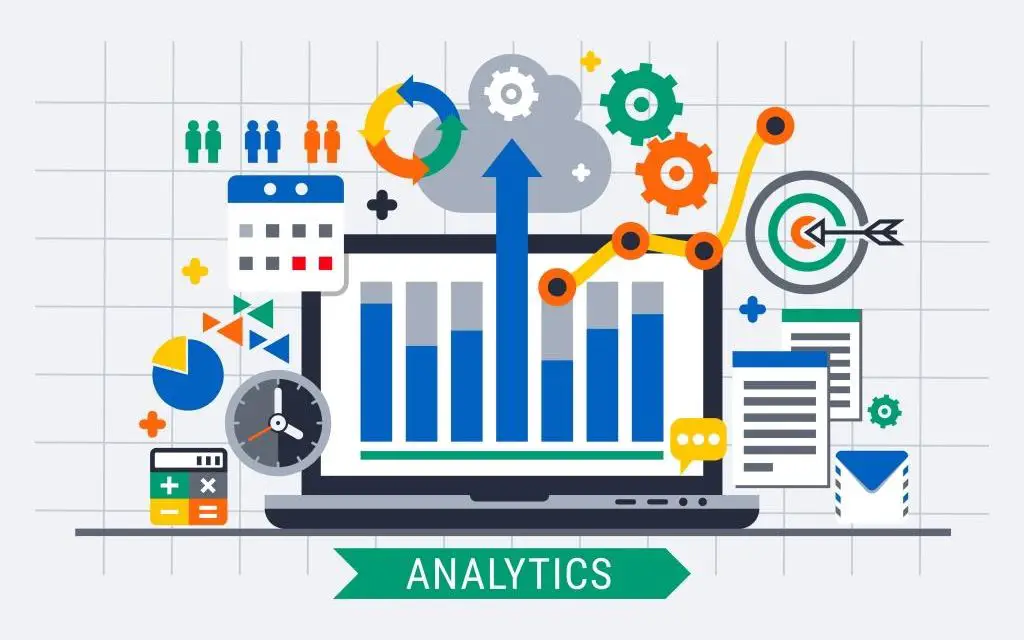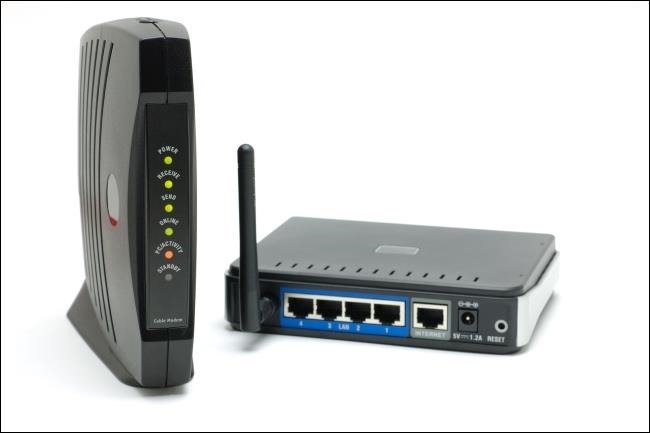The advancements in computer technologies have resulted in the creation of many innovative products. These include smart sensors, social media, as well as the rise of video on demand platforms. All these technologies produce a large amount of data, and there is a need to use algorithms to process the data through data analytics. This article explains IoT data analytics.
Before we explain what IoT data analytics is, let us first define IoT data analytics
Table of Contents
What is IoT Data Analytics?
IoT data analytics is the application of data analysis tools and procedures to realize value from the huge volumes of data generated by connected Internet of Things devices.
Data has rapidly gained the reputation of being the “new oil.” This shows how valuable it has become. Due to the advancement of algorithms used to analyse the data, it has been made possible for analysts to break down the data and extract valuable insights from the very large data sets. These analysts are commonly referred to as data analysts or data scientists.
The IoT data analytics makes use of the various IoT sensors present in the process. The sensors provide a large amount of data that is comprehensive and up-to date. In some applications, the data is provided in real time. This data is uploaded to the cloud, and the data analysts then use various algorithms such as Machine Learning to identify trends present in the data. It is these trends that make it possible for them to make predictions of the future. This is a huge advantage to industries such as manufacturing industries as they are able to identify equipment that is prone to failure and buy spares in advance.
Advantages of IoT Data Analytics
1. Enhanced Productivity
IoT data analytics can be used to collect data on employee engagement, performance ratings as well as other work related activities. The data obtained is then used to improve day to day business operations. This can be done through a system that makes use of smart badges. These smart employee badges are equipped with sensors that capture over 100 data points used to measure the productivity of the workers. The badges analyse how people interact, what the tone of their voice is as well as how much they gesture or listen. These insights can be used to enhance the operations and increase productivity.
2. Maintenance
IoT data analytics can also be used to in the predictive maintenance process. In manufacturing industries, downtime is very expensive, especially unplanned downtime. IoT sensors can be placed in the machines to measure the temperature, vibration, humidity, light, and other parameters that may be useful. The data from the sensors is sent to the cloud, and through algorithms such as Machine Learning, the operator will be notified about any potential breakdowns. This will help predict when the assets need to be serviced.
In addition, IoT allows the workers to see exactly how their machines are performing in real time and they are alerted if there are any issues present.
3. Optimization of operations
IoT data analytics can help organizations to automatically control processes and activities that could only be tracked manually. This allows any bottlenecks to be identified, thus maintaining a continuous flow of final products. There is also a reduction of human error and defects.
Application of IoT Data Analytics
1. Social Analytics
In this application of IoT data analytics, companies use IoT to acquire actionable insights about the behaviour of their audience, together with the emotional response of the audience at exhibitions, sports matches, fashion shows and other events.
In this application, sensors are used to measure the temperature as well as the heart rate from a distance. Video cameras monitor motion. Microphones detect cheering and booing. The machine learning algorithms applied to the data then show the level of audience engagement. It is also used to identify the emotional response of the audience. All this data can be used for improving the effectiveness of marketing campaigns, increasing future engagement as well as boosting brand awareness in social media.
2. Predictive Maintenance
In predictive maintenance, companies use data from IoT sensors to predict equipment failure. In businesses, downtime is very expensive, with some businesses losing $100,000 per hour of downtime. In the food industry, restaurants use sensors to monitor refrigeration units, thus, allowing them to address potential problems before a failure occurs and the food goes to waste. Manufacturers can avoid the breakdown of critical equipment that could impact entire operations.
3. Smart Roads
In this application of IoT data analytics, cities use data from IoT sensors for various uses. Concrete slabs embedded with sensors can be used to determine the speed, weight and direction of vehicles. This can be used to immediately alert authorities of accidents that take place. In addition, these sensors can detect road maintenance issues. This is a project currently in research, and it will be able to help motorists avoid traffic accidents due to damaged roads.
4. Smart Beds
Hospitals are also joining the IoT revolution. In this scenario, healthcare facilities will now have a new generation of beds that will allow for more enhanced patient care. These new hospital beds will have IoT sensors that enable them to monitor the patient’s heart rate, and respiratory rate. Through the use of complex algorithms such as machine learning, it will be possible to detect signs of deterioration sooner and allow for relevant preventive actions to be taken whilst there is still time.
5. Aqua-farming
This is the cultivation of plants and animals in water. In this application of IoT data analytics, a wide variety of sensors can be used to provide information about the quality of the environment. This includes the temperature, oxygen levels, nutrients, light levels etc. This data is then analysed using algorithms such as machine learning, and this helps give recommendations for what is good for the plants and animals. This helps to boost production.
Conclusion
This article has explained the various applications of IoT data analytics. The advantages of this new technology were also clearly brought out.
We hope you enjoyed the article.




